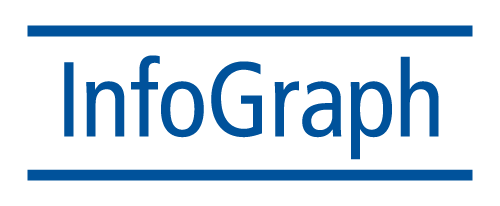Overview
Description
This course takes you on an in-depth exploration of the geodatabase, the native data storage format for ArcGIS software. Best practices to create a geodatabase to centrally store and efficiently manage your organization’s authoritative geospatial data are covered. You will develop skills needed to configure unique geodatabase features that ensure data integrity and accuracy over time and a thorough understanding of file and enterprise geodatabase capabilities
Who Should Attend
GIS managers, analysts, data managers, data technicians, and others who manage geographic data
Goals
After completion of this course you will be able to:
• Create a Geodatabase, explore schema options, and evaluate appropriate data models.
• Add data to a geodatabase, edit feature geometry and attributes, and create a mosaic dataset to store and disseminate imagery.
• Define data rules and relationships to simplify data editing and ensure data integrity.
• Configure access to an enterprise geodatabase and create a versioned feature class to allow multiple concurrent editors.
Prerequisites
Completion of ArcGIS Pro: Essential Workflows or Migrating from ArcMap to ArcGIS Pro or equivalent knowledge.
Course Outline
Why Use a Geodatabase?
• Types of data
• Data within your organization
• Organizational goals
• Advantages of using a geodatabase
• Organizing your data for a feature dataset
• Life cycle of a geodatabase
• Exploring a geodatabase
Improving data integrity with Geodatabase structure
• What is a schema?
• Using a geodatabase to improve data integrity
• Subtypes and domains in your organization
• Using a data model to improve workflows
• Refining a data model
• Selecting a data model
• Working with data models
Associate nongeographic data with geographic data
• Why associate nongeographic data with geographic data?
• Types of nonspatial data
• Considerations with incorporating nonspatial data
• Basics of cardinality
• Spatial and nongeographic data connections
• Checkpoint
• Relationship classes and tabular data
• Methods to define associations
• Relationship class workflow
• Adding media files with attachments
• Using the Collector app with your geodatabase
Managing raster data
• What is raster data?
• Storing rasters in a geodatabase
• What is a mosaic dataset?
• Creating a mosaic dataset
• Advantages of mosaic datasets
• Mosaic dataset workflow
Designing geodatabase topologies
• What is geodatabase topology?
• Why use a topology?
• Using topology in your organization
• How topology works Types of rules Topology rules for each workflow
• Using topology to correct geometry
• Topology design workflow
• Topology edit workflow
Migrating to an enterprise geodatabase
• What is an enterprise geodatabase?
• Comparison of types
• Compare different geodatabase types
• Benefits of an enterprise geodatabaseCheckpoint
• Creating an enterprise geodatabase
• Enterprise geodatabase connections
• Building a connection
• Accessing an enterprise geodatabase
• Methods to add data to an enterprise geodatabase
• Which method is more appropriate?
Working with enterprise Geodatabases
• Types of users within an enterprise geodatabase
• Match the type of user
• Controlling user capabilities Role management
• Checkpoint
• Controlling user roles
• Workflows for updating an enterprise geodatabase
• Updating through automation
Editing workflows in a geodatabase
• Types of editing workflows
• Considerations about choosing an editing workflow
• When should you version your feature class?
• Checkpoint
• Versioned editing
• Learning the basics of versioned editing
• Connecting to ArcGIS Enterprise
• Benefits of sharing with ArcGIS Enterprise
• Workflow for using a feature service for editing
• Appropriate workflows for each connection
• Editing a shared feature service




